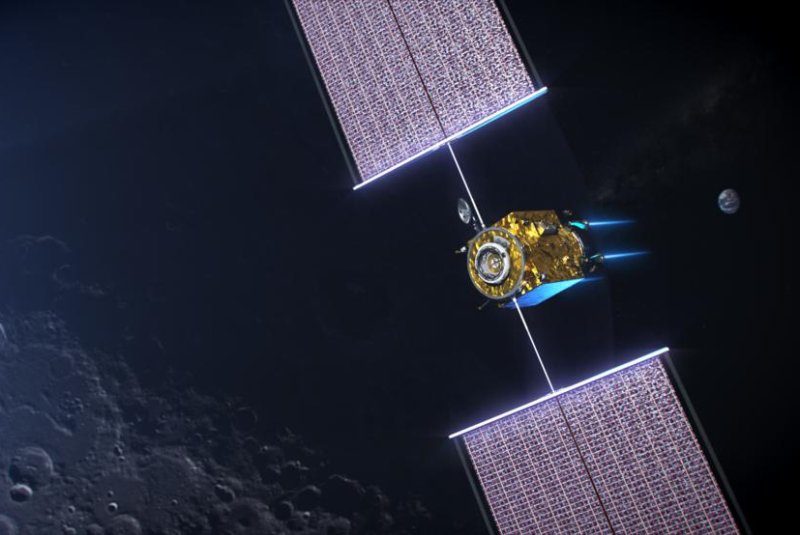KENNEDY SPACE CENTER, Fla., May 23 (UPI) -- NASA on Thursday awarded a major contract for a planned moon landing in 2024 to Maxar Technologies of Westminster, Colo.
The contract is to build the first segment of NASA's planned Gateway outpost that's intended to orbit the moon -- basically the engine or power and propulsion element.















